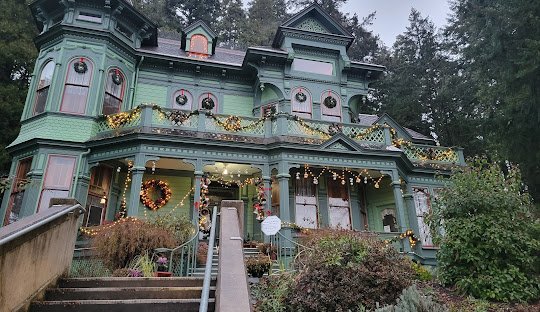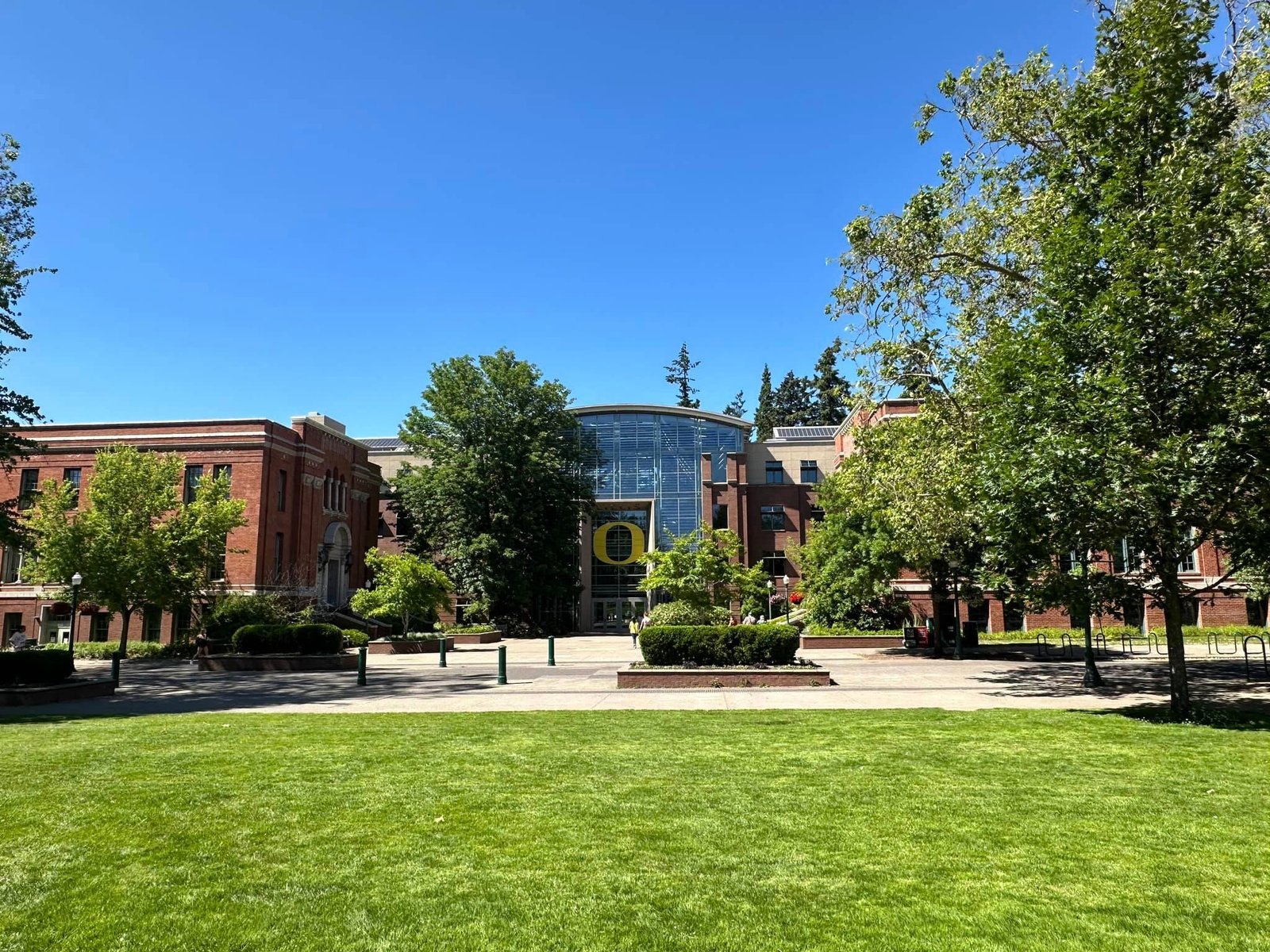Eugene, Oregon, has a rich and varied history that dates back to the mid-19th century. It began as a small settlement. It grew into a vibrant city known for its cultural diversity, schools, and environmental focus. Let’s dive into the key moments that shaped Eugene.

Founding and Early Years
In 1846, Eugene Franklin Skinner built the first cabin in the area, which served as a trading post for settlers moving west. This cabin was situated on a hill, now known as Skinner Butte. Eugene City was officially founded in 1862. It was named after its pioneer. It quickly became a hub for farming and trade due to its fertile land and good location.
Growth and Development
The arrival of the Oregon and California Railroad in 1871 was a significant milestone for Eugene. The railroad connected Eugene to bigger markets. It helped transport goods and boosted the town’s fast growth. By the 1880s, Eugene had become an important agricultural center. It was known for growing wheat, fruit, and vegetables.
University of Oregon
The founding of the University of Oregon in 1876 was another pivotal moment in Eugene’s history. The university started with just five faculty members and 155 students. But, it quickly grew into a famous school. The university’s presence brought a wave of cultural and intellectual activity to the city. It drew students and educators from across the country.

Early 20th Century
In the early 1900s, Eugene continued to expand. The city marketed itself as the “Immigrant’s Mecca,” attracting newcomers with promises of fertile farmland and a high quality of life. The population surged from 3,236 in 1900 to 10,600 by 1920. Many important things happened during this period. They included the arrival of the first car in 1904, the opening of a public library in 1906, and the start of electric streetcars in 1907.
Timber Industry Boom
The timber industry became a cornerstone of Eugene’s economy in the early 20th century. The abundance of nearby forests made it an ideal location for sawmills and logging operations. This industry created jobs and grew the economy. This growth led to the development of the city’s infrastructure and services.
World War II and Post-War Era
During World War II, Eugene had another population surge. People moved to the area for jobs in timber and manufacturing. The post-war era brought significant changes to the city. It reshaped Eugene. It did this by building large sports complexes. It also did it through urban renewal projects. It was also due to the rise of suburban shopping centers, like the Valley River Center. Despite efforts to create zones for pedestrians downtown, businesses struggled. This led to the streets reopening to vehicles by the end of the 20th century.
Cultural and Social Changes
Eugene has been at the forefront of progressive and conservative movements. The city recognized women’s right to vote in 1900, well before the statewide and national adoption. In 1911, Eugene voted to ban alcohol. This was nine years before the nationwide prohibition under the Eighteenth Amendment. However, racial inequality was also prevalent, with segregation laws and the presence of the Ku Klux Klan in the 1920s.
Developments
In recent years, Eugene has been growing in a sustainable way and adopting new technology. The city has also seen many services like tree Service, landscaping, and eco-friendly building. These businesses help the local economy and fit with goals like Envision Eugene, which aims to balance social, economic, and environmental needs for future development.
Educational and Cultural Impact
The University of Oregon continues to play a significant role in the city’s development. With a strong emphasis on research and innovation, the university attracts talent from all over the world. The university has also fostered a vibrant arts scene. It has many theaters, galleries, and music venues. They add to the cultural richness of Eugene.
Environmental and Social Activism
Eugene is known for its environmental activism and progressive policies. The city has taken many steps to promote sustainability. These include adding many bike paths, public transit options, and green building practices. Social activism is a key part of Eugene’s identity. The community is strongly involved in issues like homelessness, racial equality, and climate change.
Navigate with Confidence: FAQs for You
When was Eugene founded?
Eugene, Oregon, was officially founded in 1862. It started as a small settlement and grew over the years.
Why is Eugene called “Eugene”?
Eugene was named after Eugene Skinner, an early settler who built a cabin near the Willamette River. His name became associated with the area as it developed.
What is Eugene known for historically?
Eugene has a rich history rooted in agriculture, logging, and education. It grew significantly during the timber industry boom in the late 19th and early 20th centuries.
How did the University of Oregon impact Eugene’s history?
The University of Oregon, founded in 1876, has been a major influence on Eugene. It attracted students, faculty, and development, shaping the city’s cultural and economic landscape.
What role did the Oregon Trail play in Eugene’s history?
The Oregon Trail, which passed near Eugene, brought many settlers to the area during the mid-19th century. It contributed to the growth and establishment of Eugene as a community.
